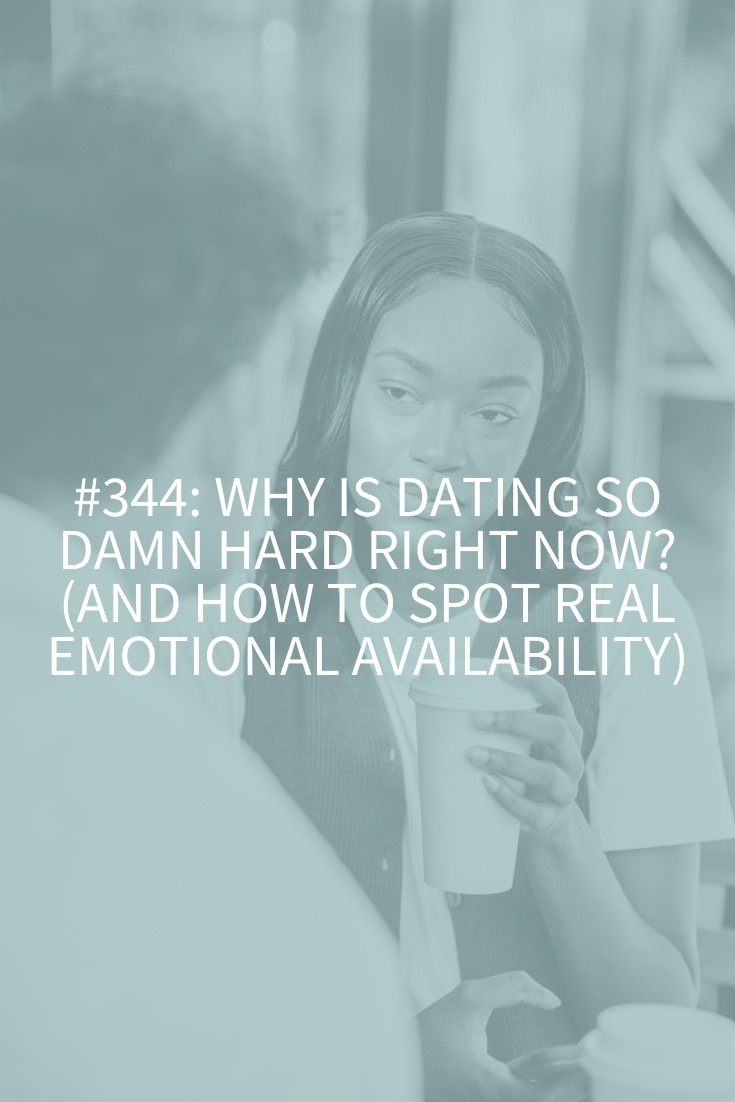
Want the more in-depth version? Check out the corresponding blog post here!
There you are in the problem. “I can’t pay these bills.” “My partner’s driving me crazy.” “I think my boss hates me.” “I need to lose weight.” “I’m lonely.”
Because this is a big issue in your life, you think about it often. You speak to your friends, therapist, clergy and anyone else who’ll listen. It keeps you up at night as you search for answers. You believe that the way to solve your issue is to fixate on it but that never gives you long-term results and you end up complaining about the same issues over and over!
You will never find effective, long-term solutions while you’re beating the drum of the problem because this approach to problem-solving does things to your brain that makes it impossible!
Today I’m going to teach you how you’re hijacking your own brain and the truly quick and effective way to not only solve your problems, but how to actually feel happier every day.
Love the podcast? I’d be so grateful if you left a review! Just launch Apple’s Podcast app on your mobile device, search for the Relationships Made Easy podcast, and scroll down to rate and review!
Let’s start with how your brain is being hijacked.
As you think about a problem you activate your amygdala, which triggers an alarm in your head and your fight/fight/freeze response. This alarm from your amygdala signals the hypothalamus and your sympathetic nervous system. Your hypothalamus sends out a call for stress hormones like adrenaline, cortisol, and norepinephrine.
The cortisol overstimulates the cells another part of your brain called your hippocampus. Your hippocampus tracks what happens in different situations. If you’ve had a disagreement with your partner, it tracks what they said, what you said, and your feelings and then consolidates all this into a memory that you can learn from. But all that cortisol from your hypothalamus weakens and eventually kills the cells in the hippocampus! This means that your hippocampus starts to shrivel and shrink! Since this is the part of your brain that puts things into perspective and calms your amygdala, it’s harder to have a “realistic” perspective and everything seems like it’s going to hell.
Ultimately, it becomes much harder to see the good happening and you get even more anxious, worried or depressed. All of these feelings then signal the amygdala again! And now you get deeper in this loop!
Basically, if you want to be an effective problem-solver, you need to be in a “good” mood. And the only way to be in a good mood is to have good thoughts because you feel the way you think. What you’ve got to do instead is actually start truly thinking differently about the problem and you do that with one of my all-time favorite tools: having the next best-feeling thought.
Step 1: Set a Feeling Goal
Let’s look at some issue with your partner and set a goal there. Maybe it’s to feel love and compassion for your partner (and yourself) or maybe it’s to feel connected and emotionally close to your partner.
Step 2: Write Down a Next Best-Feeling Thought You Believe
The key is to start with something you believe. This usually means you have to start out very general and broad. In fact, you might need to start out with something so general that it has nothing to do with your partner directly at all. You might begin with thoughts about other relationships, people or things you believe, in general.
- I’ve met a lot of amazing people in my life.
- I’m grateful for my amazing relationship with my sister and my best friend, Ann.
- I love to laugh and the best laughs are always with other people.
- My emotions come in response to my thoughts. I feel the way I think so I’m going to choose to direct my thoughts more often.
You’ll know if you rushed if you get any push back or resistance from yourself. Resistance can show up in a bunch of different ways. For example, maybe your next best-feeling thought was: “I really love my partner, I don’t know why I’m so upset about this.”
If you notice any resistance, no matter how small, pull back to a more general place again or take a different tack in your thoughts.
Remember, this is all about getting into a new feeling-state and marinating in it as much as possible. This isn’t about solving the problem here and now. This is about stopping your brain from being hijacked. This is about being able to see things from a new perspective (which you’ll be able to do when your hippocampus is able to function properly.
Very simply put, this is having a love-based reaction instead of a fear-based one. Nothing improves long-term from a fear-based place. Period. End of story.
RESOURCES
The Real Reason You Have Negative Thoughts and 2 Things You Can Do About It
Finally Stop Having Negative Thoughts












